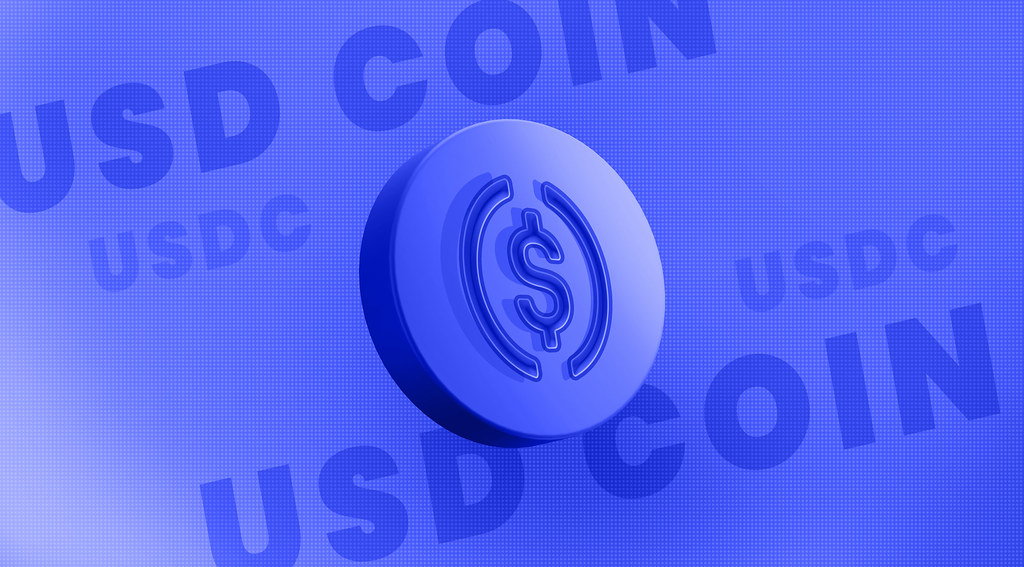Bitcoin is chilling — maybe a little too hard.
The world’s largest cryptocurrency, Bitcoin (BTC), is experiencing a volatility slump not seen since the depths of October 2023 — when it was trading below $30,000. Fast-forward to today, and even with prices bouncing between a comfy $110,000 and $120,000, traders are finding themselves asking: “Where did all the action go?”
According to Volmex’s Bitcoin Volatility Index (BVIV), the 30-day implied volatility has tumbled to an annualized 36.5% as of Wednesday. That’s the lowest since BTC was in its post-FTX recovery phase — and light years away from the chaotic rollercoaster it used to be.
Volatility Has Left the Building
This ultra-low volatility is raising eyebrows across the crypto trading desks. Typically, when volatility drops, it means fewer bets are being placed on big price swings — and less demand for protection against surprises. It’s like everyone’s expecting BTC to stay exactly where it is… and that, in itself, is unusual.
What’s more curious? This calm comes despite growing fears of stagflation in the U.S. economy — the toxic brew of sluggish growth and stubborn inflation. Normally, that’s a recipe for wild market reactions. But in both crypto and traditional finance, traders are sitting tight.
Just like Bitcoin, the S&P 500’s volatility barometer — the VIX — also reversed its spike, dropping from 21 back to 17. Looks like markets across the board are entering sleep mode.
From Wild West to Wall Street?
The bigger story here might be about why Bitcoin’s volatility has vanished. Analysts point to the rise of structured products — especially strategies involving the selling of out-of-the-money call options. These trades are designed to profit from a steady market… and they’ve been multiplying fast.
In other words: the Bitcoin options market is maturing — or some would argue, being tamed. This is the same pattern we see in equities, where sustained bull markets tend to crush volatility as institutional players sell options for yield.
The Old BTC vs The New BTC
Historically, Bitcoin volatility would surge in both directions — up or down. Whether BTC was mooning or crashing, fireworks were guaranteed. But this time? The coin’s up nearly 60% since November, and volatility is falling. That’s a complete shift in behavior.
The growing alignment between BTC and Wall Street patterns is hard to ignore. The spot-volatility decoupling is a sign that Bitcoin isn’t just digital gold anymore — it’s becoming an asset class institutional investors feel comfortable shaping to their own rhythm.
What Happens Next?
Here’s the twist: when volatility gets too low for too long, it usually doesn’t end quietly.
Are we witnessing the birth of a calmer, more mature Bitcoin? Or is this just the eerie calm before another seismic shake-up?
With stagflation fears rising and BTC holding triple-digit gains, don’t be surprised if the market breaks its silence soon — and loudly.
Stay sharp. The crypto silence may not last.
📍Follow @CryptoPixar for uncensored, high-signal crypto coverage.








